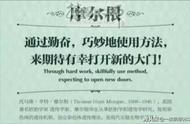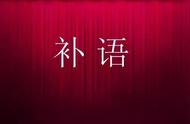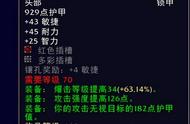撰稿:张瑞安
-
在英语的五种基本结构中,难度最大、最易混淆的就数双宾和宾补结构了。其实,只要真正弄清两者的定义就抓住了关键,牵住了牛鼻子,区别也就不难了。
一﹑双宾结构是由于某些及物动词必须带有两个宾语意义才完整,其中一个常常指人,是谓语动作涉及的目的或对象,叫间接宾语;另一个则通常是事或物,是谓语动作的承受者,叫直接宾语。直接宾语通常放在间接宾语之后。如:
1. Could you give me a piece of paper?
2. I’ll show you some pictures.
3. Don’t forget to bring him the science book tomorrow.
4. Mother is making her a new dress.
5. The little girl sang us several foreign songs.
二﹑宾语补足语又称复合宾语,它放在宾语之后用来补充说明
宾语的状况使句意更加完整。它与宾语有逻辑上的主谓关系。如:
6. They named their son James.
7. The teacher kept the boys in the classroom after school.
8. You must keep your room clean and tidy.
9. One day Tom’s father saw him sitting on some eggs.
10. What makes you think so?
三、双宾与宾补的区别:
1.双宾结构因为两者都是宾语,故其位置可以调换而保持句
意不变,不过间宾后置时必须加适当介词,前面的1—5例句可依次改为
1) Could you give me a piece of paper to me ?
2) I’ll show you some pictures to you.
3) Don’t forget to bring him the science book to him tomorrow.
4) Mother is making a new dress for her.
5) The little girl sang several foreign songs for us.
一般来说,强调动作的针对性用to,强调动作的目的性用for。而宾补与宾语的位置不可作这样的改动。
2.双宾结构若去掉间接宾语,句意仍能成立(如例句1—5分别去掉me、you、him、her、us句意仍通顺)。但宾补结构中的宾语则不能,因为宾补是附在宾语之上的,若去掉宾语,则“皮之不存,毛将焉附?”
3.充当直宾和宾补的成分多有其局限性。除名词既可作直宾又可作宾补外,从句只能作直宾而不能作宾补;形容词、介词短语、分词短语又只能作宾补不能作直宾。动词不定式短语虽然既可作直宾又可作宾补,但其区别也是很明显的——不定式短语作直宾必须带有how、why、where、when等疑问词,作宾补则不带。
请注意观察和比较下列各句:
She told us that he was a good teacher.( that从句作直宾)
Do you think her a good teacher?(a good teacher作宾补)
Will you show me the yellow one?(the yellow one作直宾)
They boy painted the wall yellow.(形容词yellow作宾补)
The teacher teaches us how to read and write.
(含有how的不定式短语作直宾)
The teacher asked us to read and write.
(不定式作宾补,是宾语发生的动作)
4. 由主动语态改为被动语态时,双宾结构的两个宾语都可担当被动语态的主语,但宾补结构只能是宾语改主语。前面2、4两个例句改被动语态可分别写成:
You will be shown some pictures (by me).
或Some pictures will be shown to you (by me).
She is being made a new dress by mother.
或A new dress is being made for her by mother.
例句6只能改成
Their son was named James (by them).
而不能改成
James was named their son (by them).
-
——更多精彩,敬请关注今日头条“八公山视界”,欢迎交流!
(点击右上角“关注”)
,












